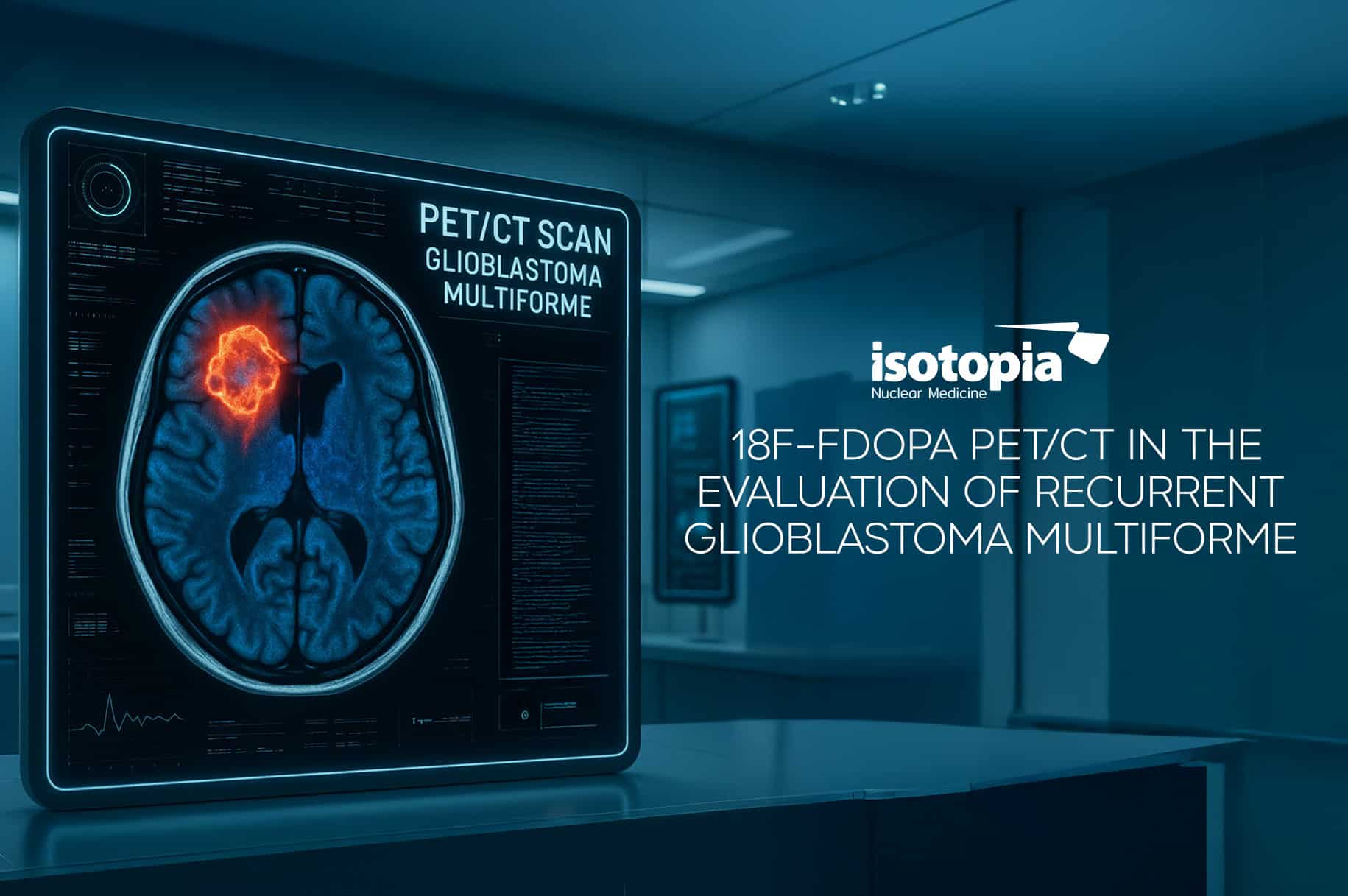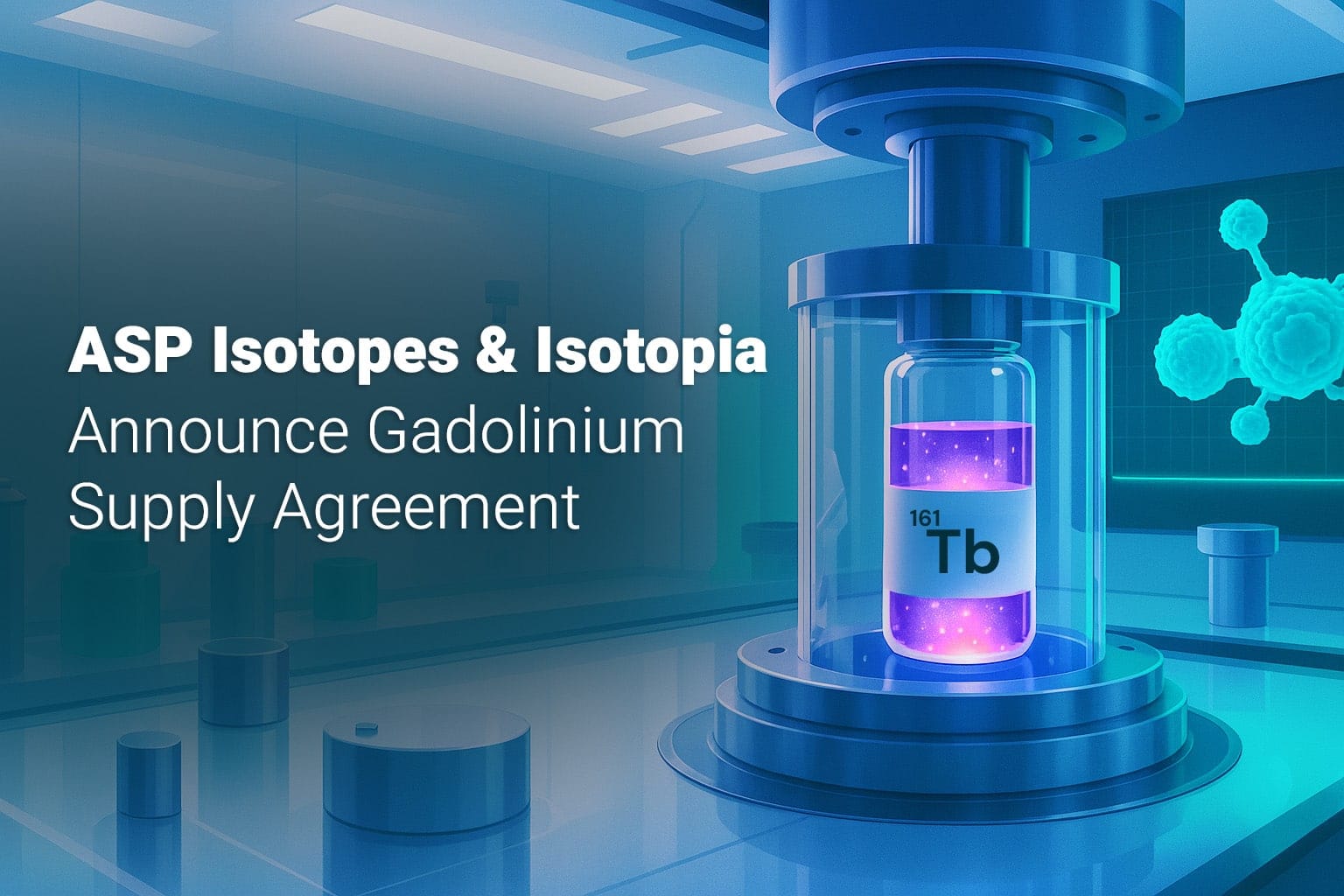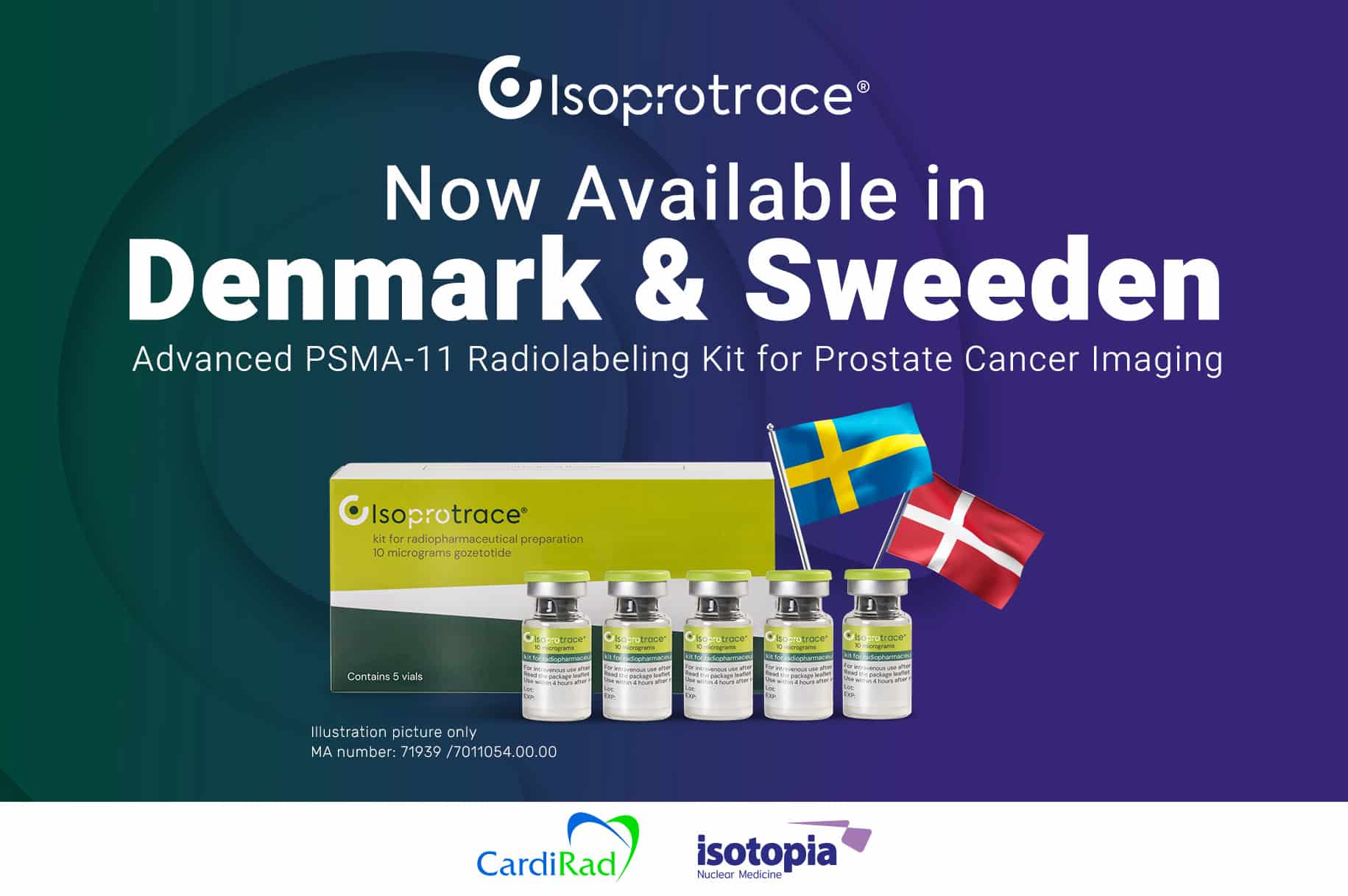Abstract:
Neuroendocrine Tumors (NETs) are cancers that originate from specialized cells called neuroendocrine cells, which have characteristics similar to nerve cells and hormone-producing cells. These tumors can occur anywhere in the body but are most commonly found in the lungs, appendix, small intestine, rectum, and pancreas.
NETs are diagnosed by biochemical markers, cross-sectional and functional imaging, and histological assessment. Chromogranin A, 5-HIAA and NT-proBNP are some of the biomarkers used. 68Ga-DOTATATE PET-CT is the gold standard for imaging.
The treatment options for NETs depend on several factors, including the type of tumor, its location, and how advanced it is [1, 2, 3, 4].
The following are examples of the current treatment approaches for NETs:
- Active surveillance: This may be a treatment option for low-grade NETs. Because such NETs tend to grow slowly, odds are low that they will spread or cause symptoms. This approach may prevent unnecessary treatment.
- Surgery: If the tumor is localized and has not spread to other parts of the body, surgery may be an option to remove it.
- Somatostatin analogues: These drugs can help control symptoms such as diarrhea and flushing by blocking the release of certain hormones.
- Peptide receptor radionuclide therapy (PRRT): This is a type of SSTR targeted radiation therapy that uses a radioactive ligand, usually 177-Lu-DOTATATE, to deliver radiation directly to the tumor cells.
- Chemotherapy: This treatment uses drugs to kill cancer cells and is typically used when the tumor has spread to other parts of the body.
- Chemoembolization, in which chemotherapy drugs are administered directly into the tumor: This may be an option if the disease has metastasized to the liver [5].
- Selective internal radiation therapy (SIRT): This treatment use microspheres labelled with the β-emitter yttrium-90 (Y-90) which enables targeted delivery of radiation to hepatic tumors. SIRT provides a continuous dose of radiation inside the liver over a 14-day period; since the Y-90-loaded microspheres preferentially localize in tumor arterial vasculature, very high radiation doses are delivered to tumors while maintaining tolerable radiation doses to normal hepatic tissue [6].
- Immunotherapy: This treatment uses drugs that help the immune system recognize and attack cancer cells. Researchers are testing new cancer vaccines on NETs, and some specific area of immunotherapy research is looking at drugs that block a protein called PD-1 [7].
Current guidelines for treatment of the various types of neuroendocrine tumors can be found in the North American Neuroendocrine Tumor Society (NANETS) website: Guidelines (nanets.net) [8].
Nuclear medicine plays a significant role in the diagnosis and treatment of Neuroendocrine Tumors (NETs). SSTR-based 68Ga-PET–CT imaging has emerged as the gold standard, demonstrating greater diagnostic accuracy and lower radiation dose and frequently revealing additional sites of disease compared with CT or MRI. Demonstration of sufficient SSTR expression in the tumors renders the patient eligible for PRRT, should this be necessary. For higher grade tumors, metabolic imaging by flourine-18 fluorodeoxyglucose (18FDG)-PET-CT imaging might be relevant. 18-FDG PET-CT can help to:
- Distinguish between well-differentiated and poorly-differentiated NETs, as the latter tend to have higher glucose uptake and more aggressive behavior.
- Detect metastatic disease and monitor treatment response, especially for high-grade NETs or NECs that have low or absent somatostatin receptor expression34.
- Predict prognosis and survival outcomes, as higher 18-FDG uptake is associated with worse clinical outcomes [9].
As a therapy, nuclear medicine can also provide tumor control and long periods of symptom relief. These treatments include metaiodobenzylguanidine (MIBG) therapy and peptide receptor radionuclide therapy (PRRT) with 177-Lu-Dotatate.
177-Lu-DOTATATE PRRT delivers targeted radiotherapy to sites of NET disease. For patients with SSTR-positive GEP-NETs, combined with progressive disease or refractory carcinoid syndrome, PRRT using 177Lu-DOTATATE has been shown to offer disease control, improved quality of life, and a survival benefit. It is administered as an intravenous infusion every 8-12 weeks. NETTER-1 was a phase III clinical trial, comparing 177Lu-DOTATATE and octreotide LAR or high-dose octreotide LAR alone in patients with advanced midgut NETs. Those that received 177Lu-DOTATATE experienced a 54.4% increase in estimated PFS at 20 months versus control [10]
In summary, nuclear medicine provides a powerful tool for both the diagnosis and treatment of NETs, offering detailed imaging capabilities and targeted radiation therapy.
References:
- Panzuto, F, Ramage, J, Pritchard, DM, et al. European Neuroendocrine Tumor Society (ENETS) 2023 guidance paper for gastroduodenal neuroendocrine tumours (NETs) G1–G3. J Neuroendocrinol. 2023; 35(8):e13306. doi:1111/jne.13306
- Sorbye H, Grande E, Pavel M, Tesselaar M, Fazio N, Reed NS, Knigge U, Christ E, Ambrosini V, Couvelard A, Tiensuu Janson E. European Neuroendocrine Tumor Society (ENETS) 2023 guidance paper for digestive neuroendocrine carcinoma. J Neuroendocrinol. 2023 Mar;35(3):e13249. doi: 10.1111/jne.13249. Epub 2023 Mar 16. PMID: 36924180.
Haim Golan MD MSc
Chief Medical Officer
Isotopia – Nuclear Medicine
hgolan@isotopia-global.com

Haim Golan
MD MSc
Chief Medical Officer
Isotopia






